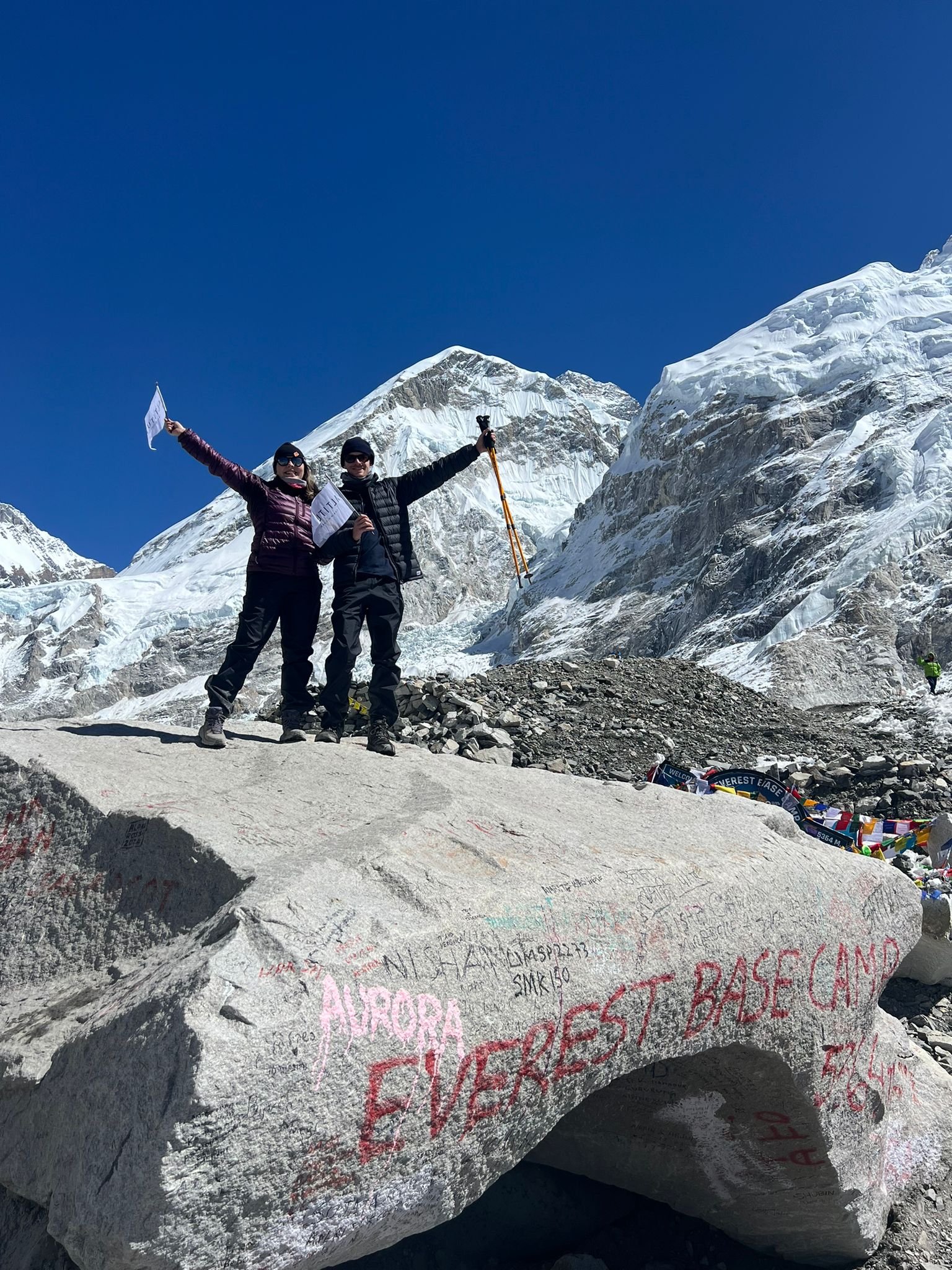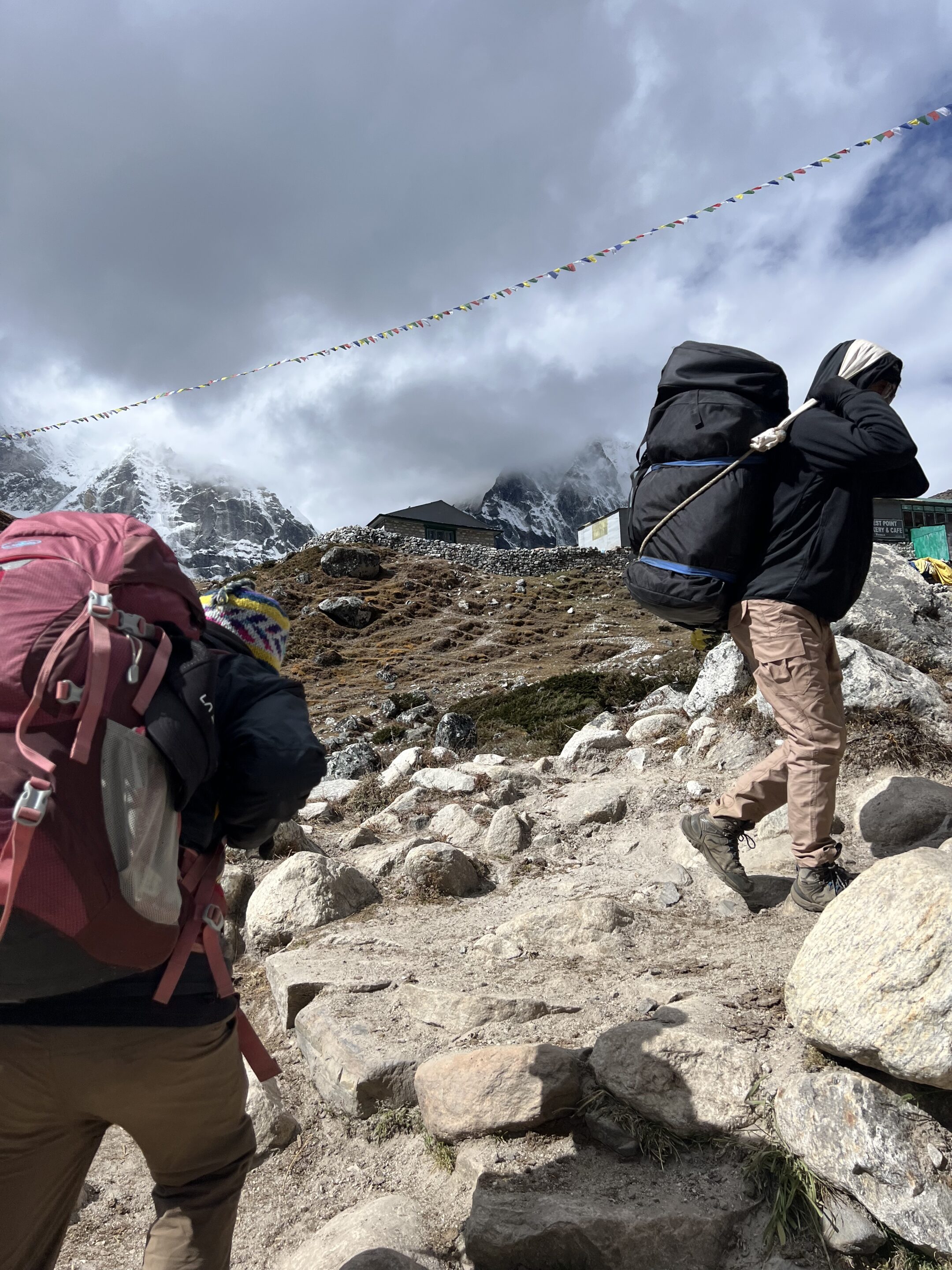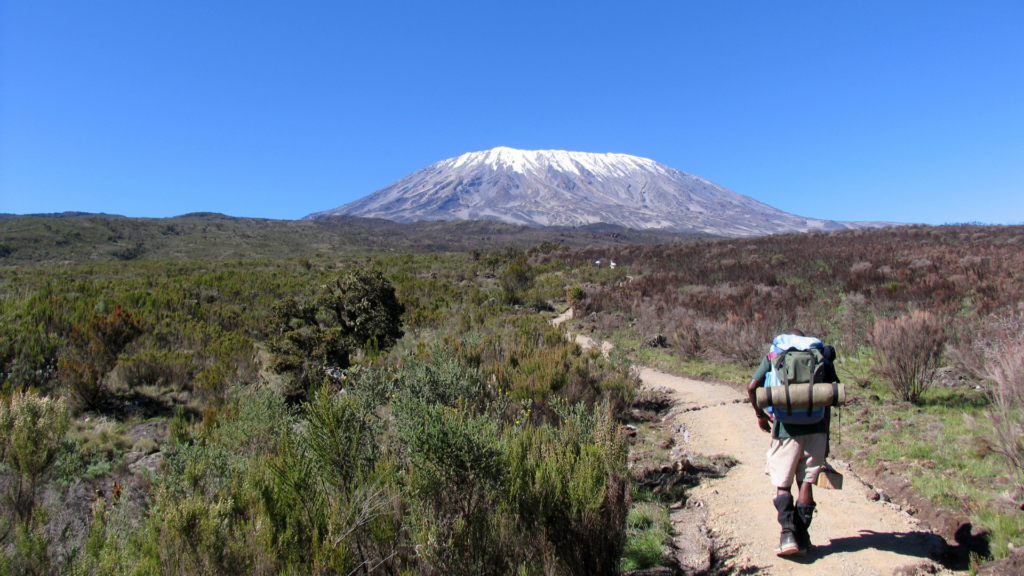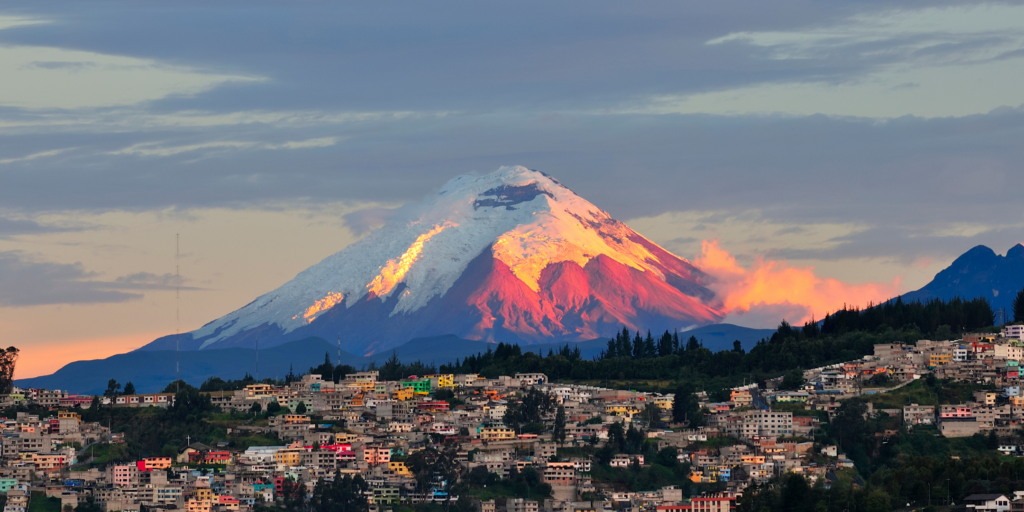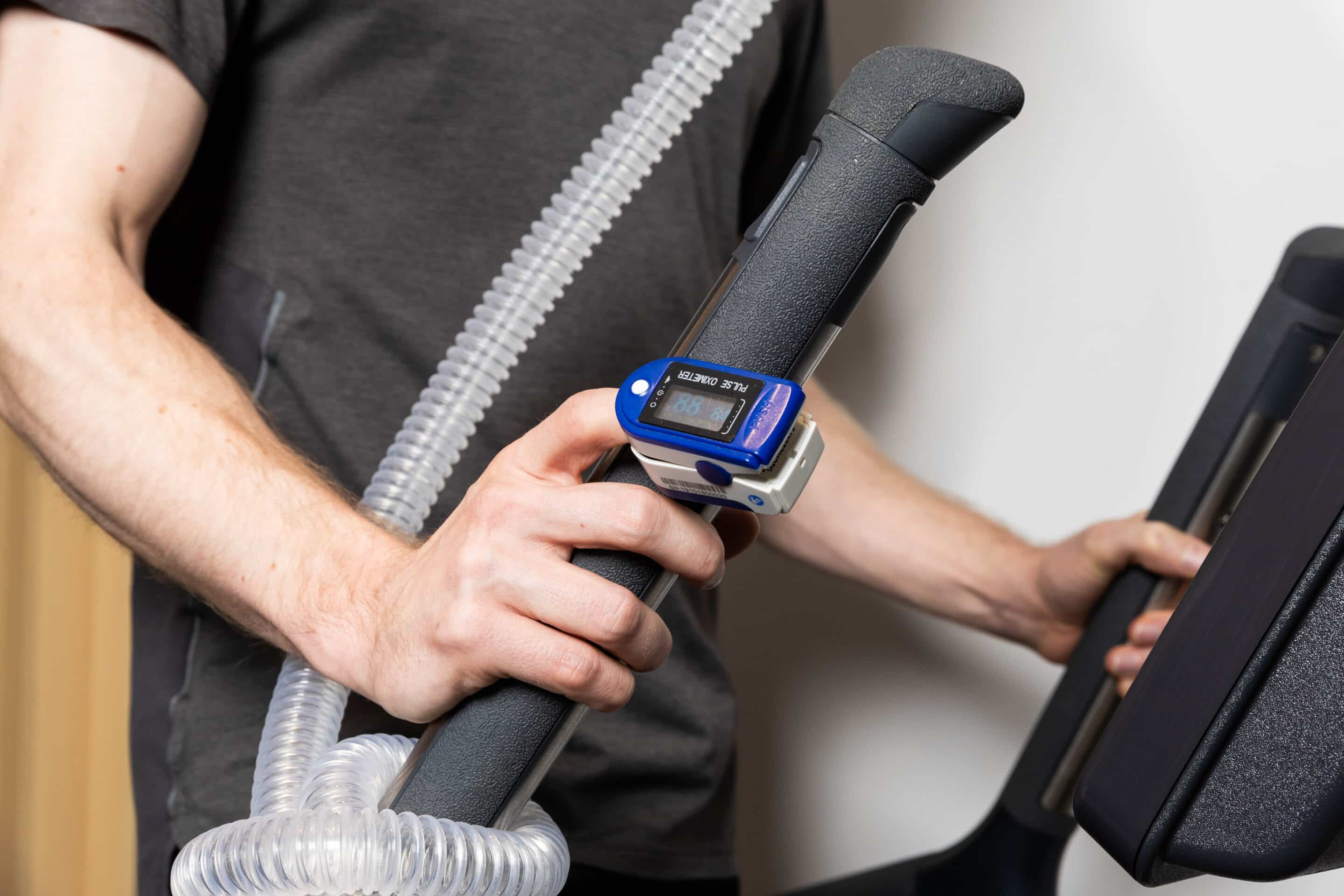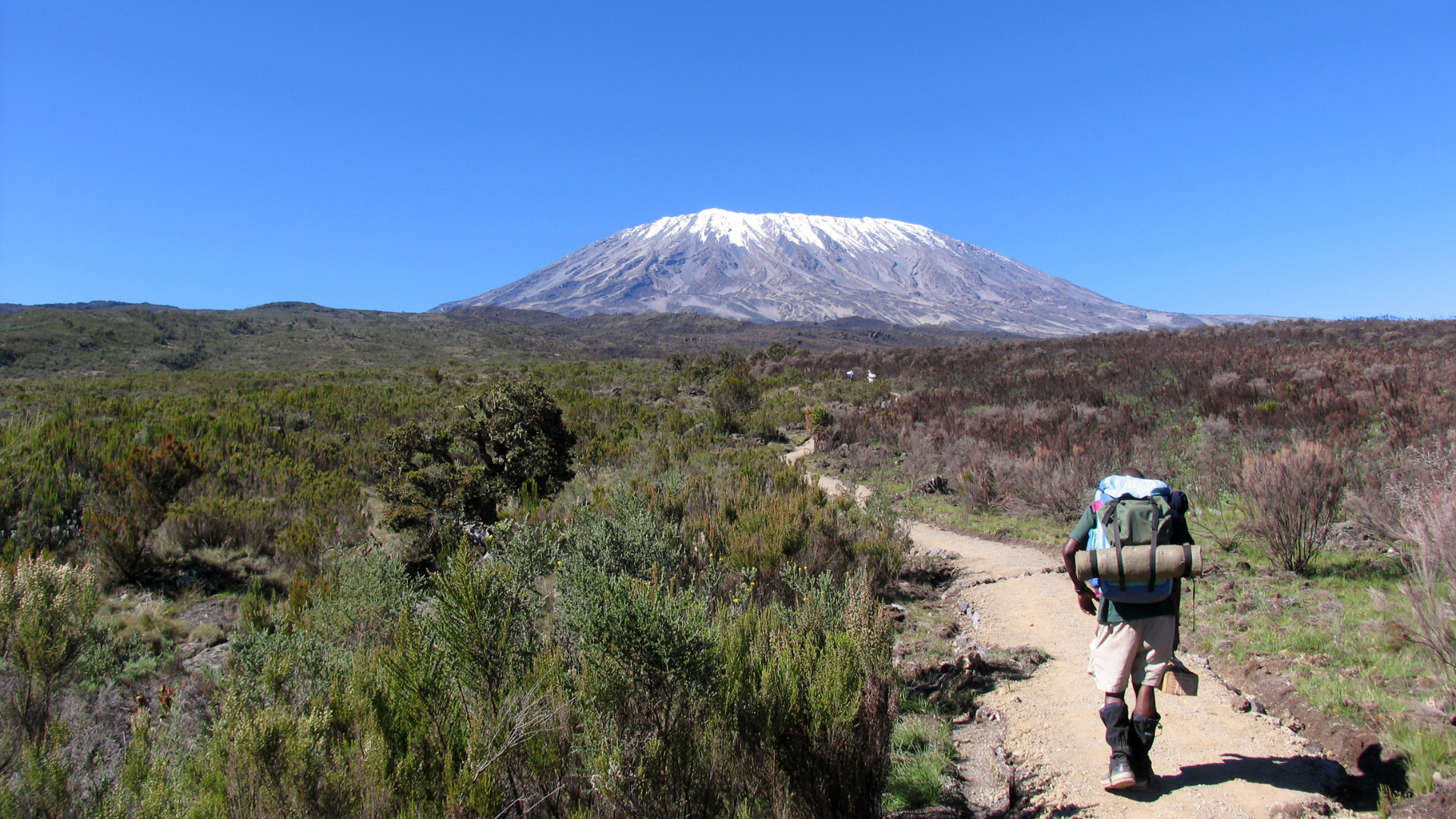7 Epic Backcountry Adventures in the Canadian Rockies
The Canadian Rockies are a backcountry dream. Jagged peaks, turquoise lakes, hidden valleys, and wildlife encounters—it’s the stuff adventure stories are made of. But with so much wilderness to explore, where do you even begin?
Whether you’re planning your first multi-day hike or chasing solitude far from the beaten path, here are 7 unforgettable backcountry adventures in the Canadian Rockies—plus tips on how to train for them.
1. Skyline Trail (Jasper National Park, AB)
Distance: ~44 km | Duration: 2–3 days
Epic for: Sweeping alpine views, wildlife sightings, and ridge walks.
This classic trail offers one of the highest elevation routes in Jasper, with nearly 25 km of the hike above the treeline. Expect jaw-dropping vistas and a good chance of spotting mountain goats or caribou.
Pro Tip: Get used to hiking with a pack on inclines. A few steep climbs make this one more challenging than it looks.
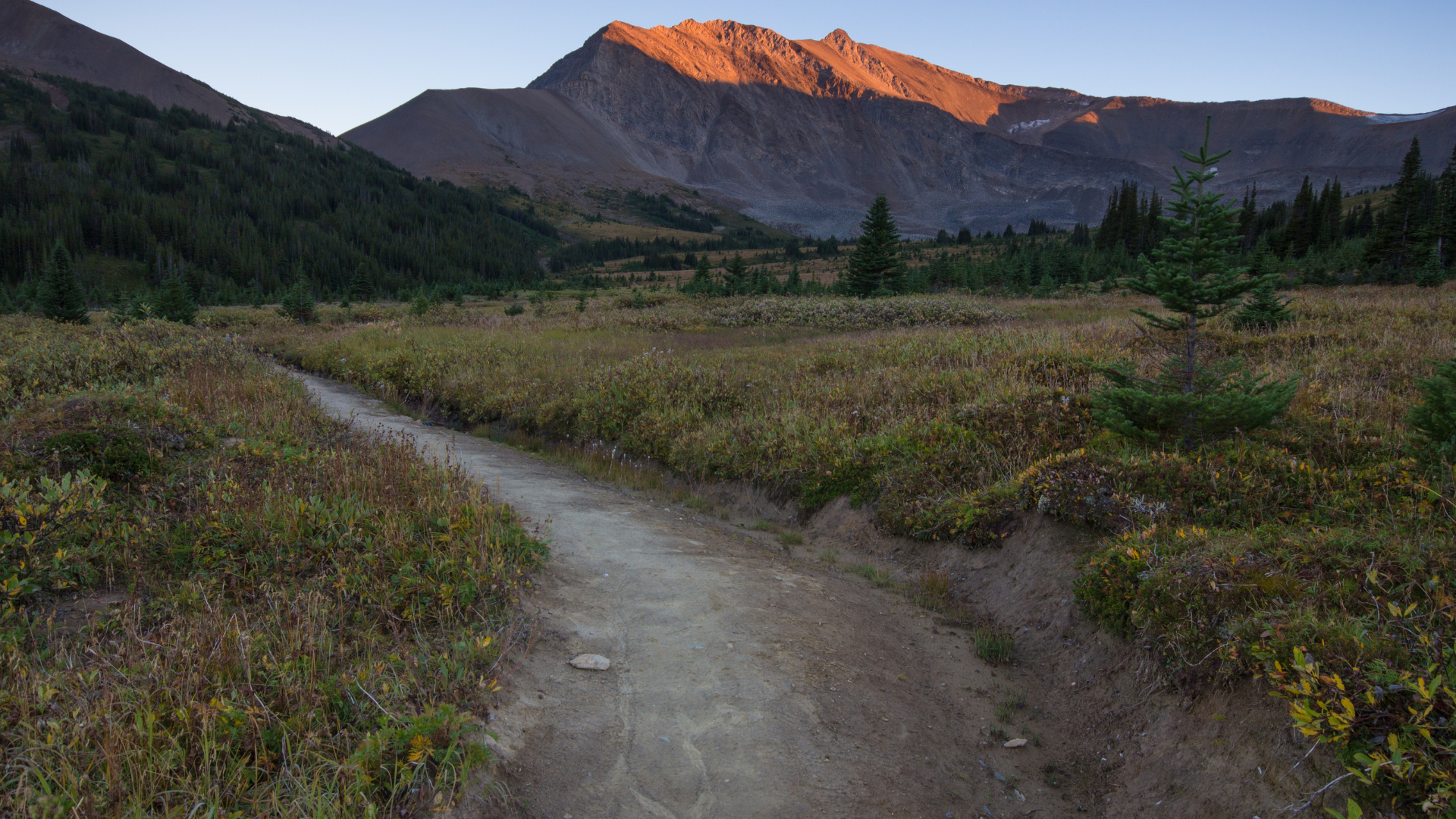
2. Tonquin Valley (Jasper National Park, AB)
Distance: ~42–50 km | Duration: 3–5 days
Epic for: Wildflower meadows, glacier views, and serious solitude.
Less trafficked than other areas, Tonquin Valley feels remote and raw. The Ramparts—jagged peaks reflected in Amethyst Lakes—are a major highlight.
Pro Tip: This area can be muddy and buggy—train with weighted pack walks and practice wet trail navigation.
3. Mount Assiniboine via Sunshine Village (BC/AB Border)
Distance: ~55 km (one-way) | Duration: 3–6 days
Epic for: “The Matterhorn of the Rockies,” backcountry lodges, and heli-in options.
Mount Assiniboine Provincial Park feels like a slice of the Alps dropped into Canada. Camp or stay at the lodge, but either way—it’s unforgettable.
Pro Tip: This one’s high and rugged—altitude training and endurance prep are key to enjoy the climbs and long days.

4. Rockwall Trail (Kootenay National Park, BC)
Distance: ~55 km | Duration: 3–5 days
Epic for: Dramatic cliffs, hanging glaciers, and wildflower-filled meadows.
This trail packs a visual punch. The massive limestone cliffs of the Rockwall dominate the skyline, and the varied terrain makes each day different.
Pro Tip: Expect elevation gain and loss daily. Hill training and strong knees will go a long way here.
5. Nigel Pass to Jonas Pass (Jasper National Park, AB)
Distance: ~50 km (loop or one-way) | Duration: 3–4 days
Epic for: Remote feel, mountain passes, and fewer crowds.
A lesser-known gem, this route offers glacier views and solitude. You might not see many people, but you’ll definitely see mountains.
Pro Tip: Self-sufficiency is key. Practice carrying bear safety gear and ensure your gear setup is dialed.
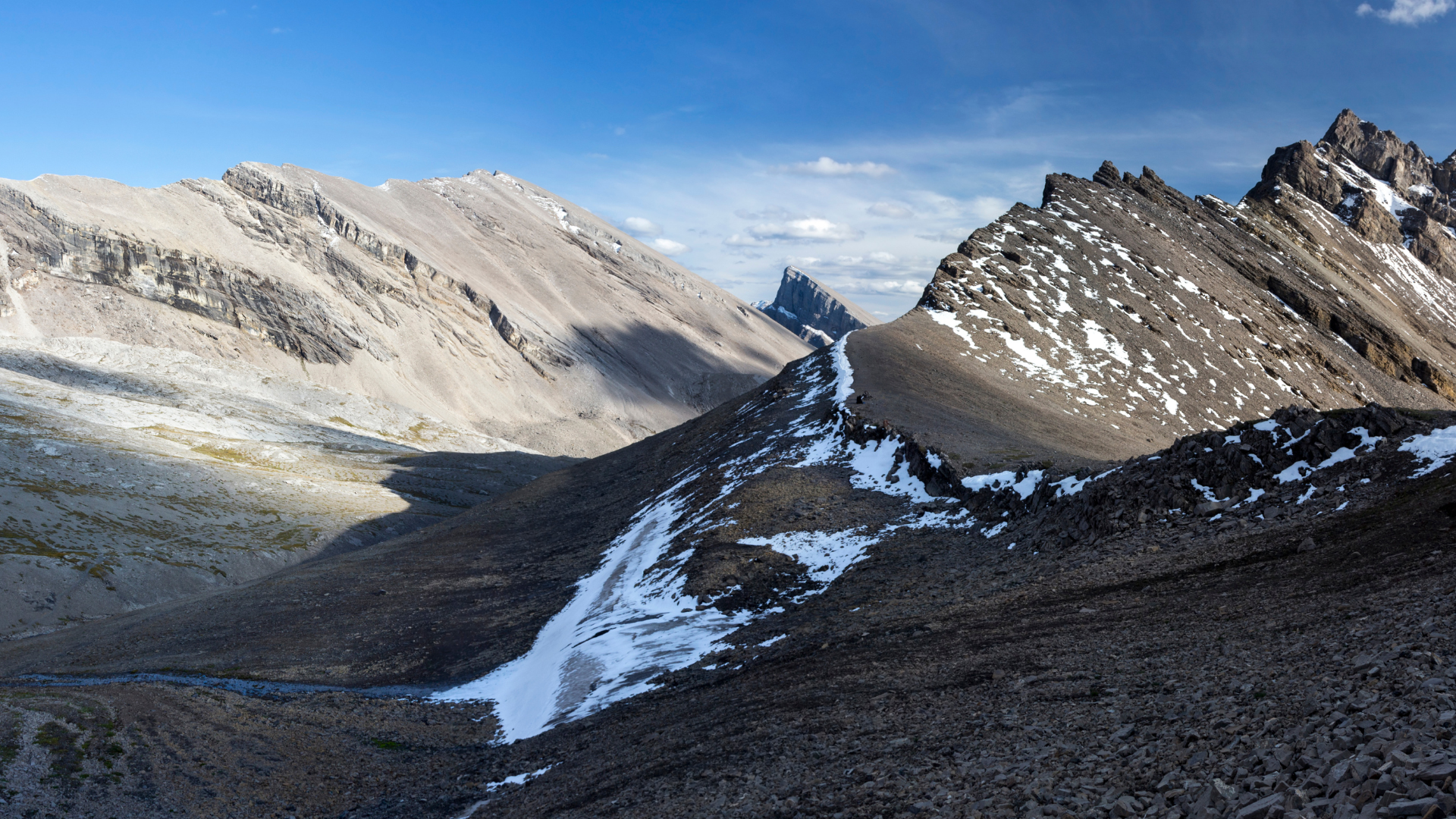
6. Berg Lake Trail (Mount Robson Provincial Park, BC)
Distance: ~42 km (return) | Duration: 2–4 days
Epic for: Iconic glacial lakes, waterfalls, and Canada’s highest peak.
Though currently under phased reopening due to trail repairs, this remains a bucket-list route. The turquoise waters of Berg Lake against Mount Robson’s icefalls? Unreal.
Pro Tip: It starts mellow, but don’t underestimate the final climb. Prep your endurance and elevation tolerance.
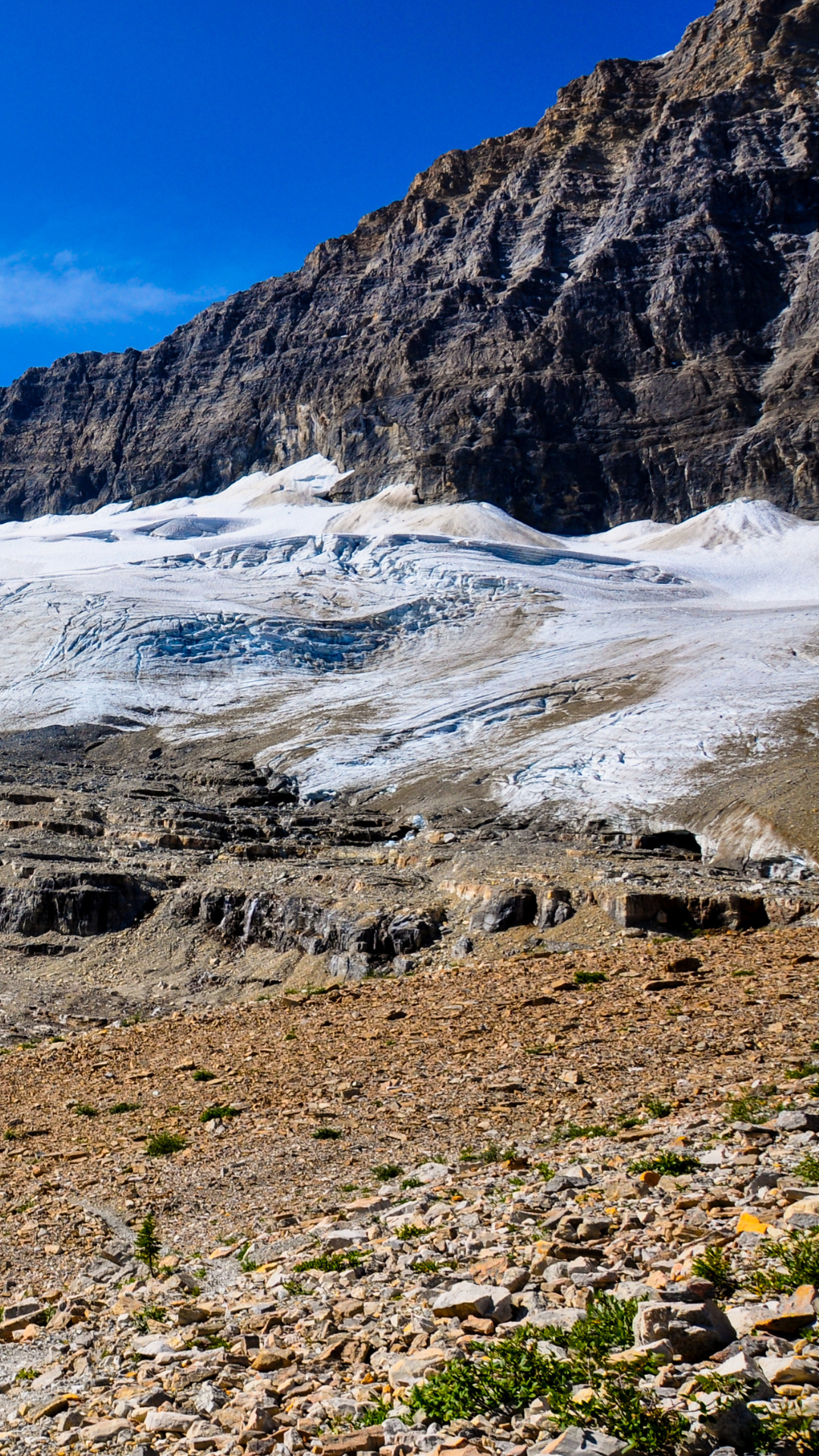
7. Yoho Valley + Iceline Trail Loop (Yoho National Park, BC)
Distance: ~40–50 km (depending on route) | Duration: 2–4 days
Epic for: Glacier travel, waterfalls, and looped routes.
The Iceline Trail takes you alongside glacier tongues and above the treeline with constant views. Combine it with Little Yoho Valley for a scenic, satisfying loop.
Pro Tip: Day one is a serious grind uphill. Strengthen those glutes and practice pacing.
Training for These Trips
A trip in the Rockies is more than a hike—it’s a full-on physical challenge. At Altitude Athletic, we train people specifically for these kinds of adventures with:
-
Altitude simulation for better oxygen utilization
-
Custom strength and conditioning programs to prepare for pack weight and trail variability
-
Endurance coaching to build resilience over multi-day efforts
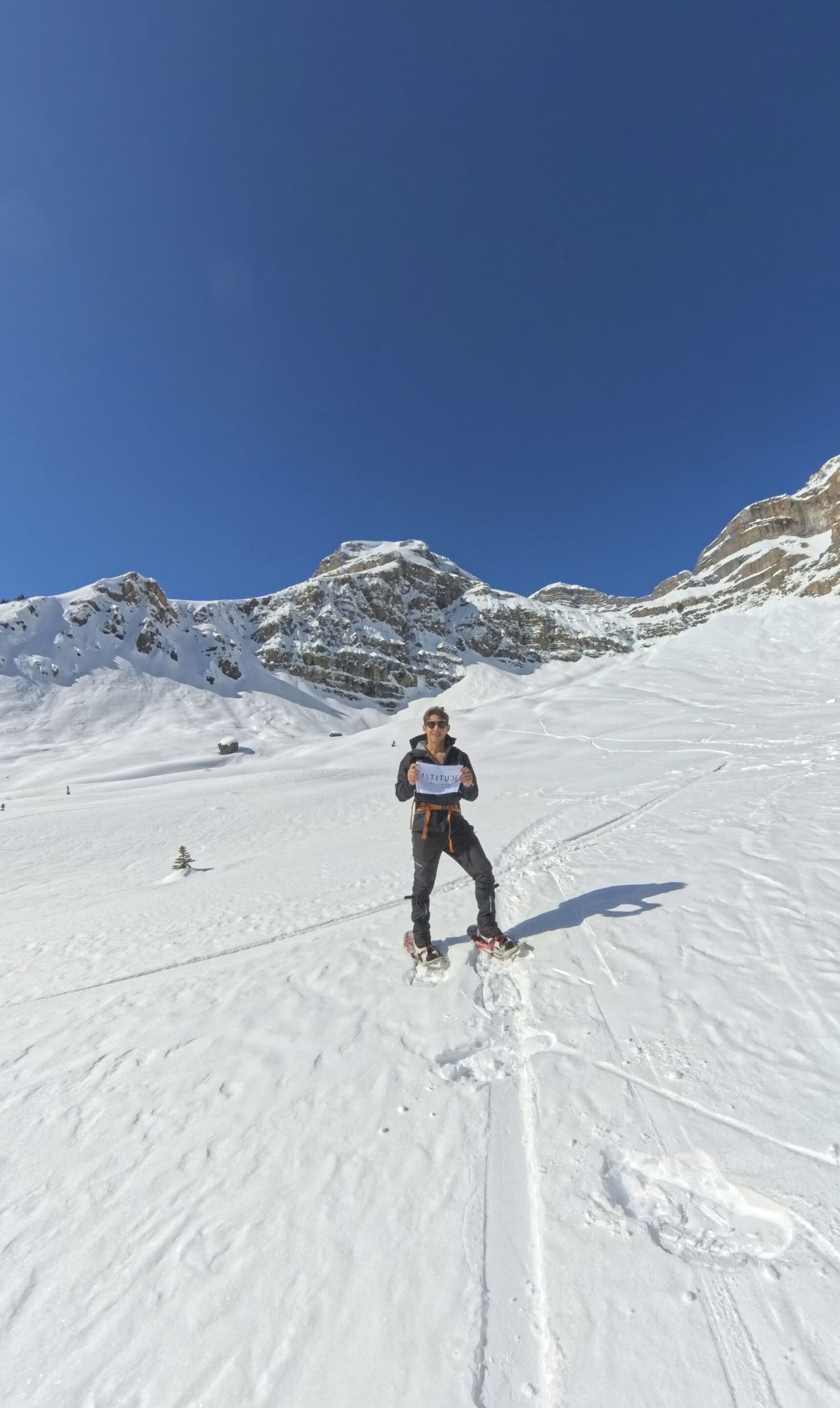
The Canadian Rockies are calling—and whether it’s your first trip or your tenth, backcountry adventures in the Canadian Rockies always find new ways to test and inspire you.
Need help getting started with training or choosing the right route? Book a consultation and let’s start planning the adventure.
Start your backcountry training today—contact us to learn more!

